Search Images
Browse Content (p. 1236)
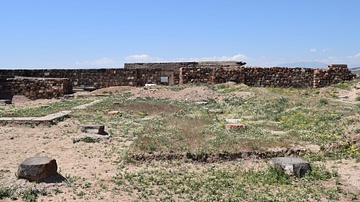
Image
Ruins of Erebuni Fortress
The ruins of the Erebuni Fortress located in the suburbs of present-day Yerevan, Armenia date from 782 BCE. In Armenian, the fortress and archaeological site is known as “Arin-Berd” or the “Fortress of Blood,” and the name of this fortress...
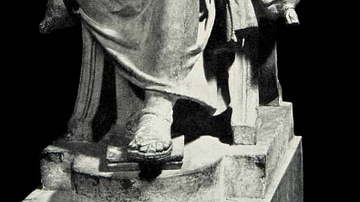
Image
Marcus Claudius Marcellus
A Roman period statue of Marcus Claudius Marcellus, general and five-time consul (c. 270-208 BCE). Capitoline Museums, Rome.
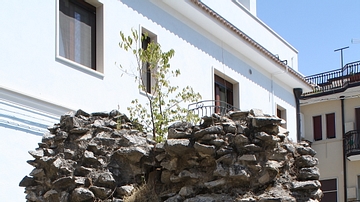
Image
Tomb Marker of Marcellus
The remains of the tomb marker of Roman commander Marcus Claudius Marcellus who was killed in an ambush in the town in 208 BCE. Venusia, modern Venosa, southern Italy.
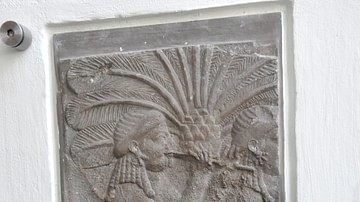
Image
Assyrian Female Musicians
Gypsum wall panel depicting two female musicians beside a palm tree. From the North Palace at Nineveh, Mesopotamia, modern-day Iraq. Neo-Assyrian Empire, reign of Ashurbanipal II, 660-650 BCE.
Pergamon Museum, Berlin.
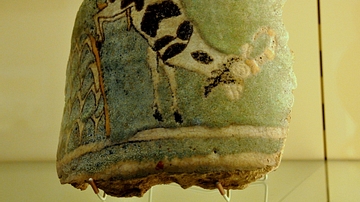
Image
Colored Ceramic Fragment from Assur
This is a fragment of a colored ceramic vessel depicting a jumping male goat. Neo-Assyrian Period, 8th to 7th century BCE. From Assur (Ashur; modern-day Qal'at Sherqat). (Pergamon Museum, Berlin, Germany)
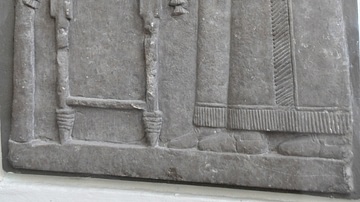
Image
Assyrian Royal Horse Bridle
This gypsum wall panel depicts two female courtiers in front of a table, on which the royal horse bridle has been placed. Neo-Assyrian Period, reign of Ashurbanipal II, 660-650 BCE. From the North Palace at Nineveh, Mesopotamia, modern-day...
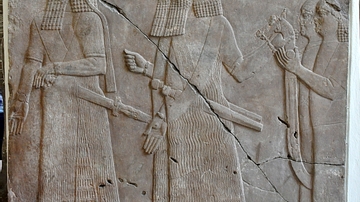
Image
Assyrian Courtiers Carrying the King's Throne
This gypsum wall panel depicts a procession of Assyrian courtiers and eunuchs carrying the King's throne; only the anterior part of the decorated throne's pole survives. This scene represents a remarkable development in the Assyrian art as...
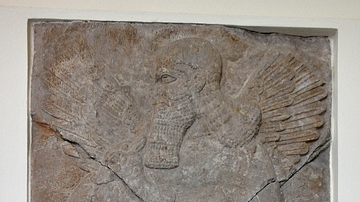
Image
Bare-headed Apkallu with Four Wings
This fragmented alabaster bas-relief depicts an Assyrian Apkallu, a protective spirit or genie. The striking features are that he is bare-headed (he does not wear a horned helmet or diadem) and his four wings, all of them, appear en face...
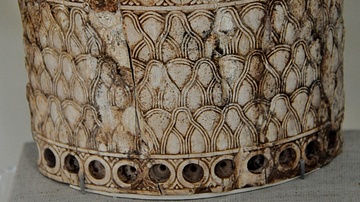
Image
Fragment of an Ivory Cylinder from Fort Shalmaneser
This is a fragment of an ivory cylinder. The original decorative insets are lost. Neo-Assyrian Period, 8th century BCE. From Fort Shalmaneser at Nimrud, Mesopotamia, modern-day Iraq. A loan from the Metropolitan Museum of Art, New York, USA...
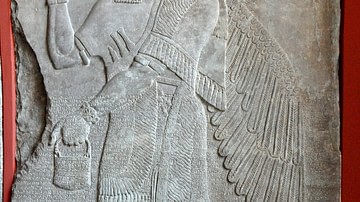
Image
Assyrian Protective Spirit, Nimrud
Alabaster bas-relief, depicting a standing human-headed genie or sage, from the North-West Palace of Ashurnasirpal II at Nimrud, Mesopotamia, modern-day Iraq. Neo-Assyrian Empire, 9th century BCE. Apkallu, a protective spirit, protects the...